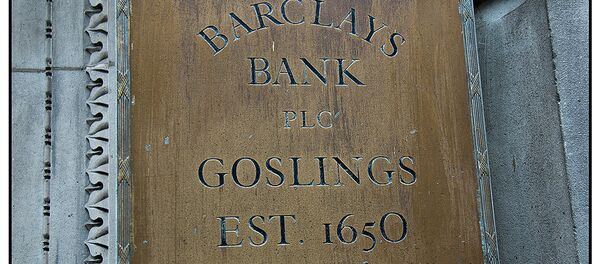Kristian Rouz — Amidst the declining productivity and gradually advancing, yet still sticky, compensations, another bunch of labor statistics arrived on Wednesday, stirring an even greater disarray in the evaluation of the health of US economy. In June, job openings climbed while layoffs decreased, suggesting a solid underlying expansion in US job creation. However, the feasibility of these jobs is questionable as declining labor productivity significantly impairs the short-to-medium-term outlook on growth in the broader economy.
Job openings gained 110,000 in June, to a seasonally-adjusted 5.6 mln, the JOLTS report suggested, with job opening rates gaining 0.1 percent to 3.8 percent. However, non-seasonally-adjusted data has stirred some controversy on the day of the JOLTS release, suggesting a loss of as many as 1 mln jobs in July in a preliminary estimate, as reported by Wall Street Journal.
"This report continues to point to a tight labor market. It is clear that demand for labor is not the problem and there is nothing monetary policy can do to address a mismatch between the needs of employers and the skills of job seekers," John Ryding of New York-based RDQ Economics said.
The current amount of job openings is still 200,000 below that announced by the Labor Department in April, the highest in over 15 years. Meanwhile, hiring gained 1.7 percent in June to 5.1 mln, which is, again below the February's high at 5.5 mln.
"We see no sign of any downturn, suggesting employers remain fundamentally bullish," Ian Shepherdson of the Newcastle upon Tyne-based forecaster Pantheon Macroeconomics, said.
Yet, however, gains in inefficient employment is hardly good news for the broader economy, as such dynamics add to the downward pressure on US international competitiveness, already severely battered by the dollar's strength. The Federal Reserve looks to job market data as one of key indicators, determining their timing on hikes in the base interest rates. As the job market goes up, so do the expectations of a Fed hike, subsequently pushing the dollar even higher, and hitting the US economy even harder in a vicious cycle of demand side economics.



